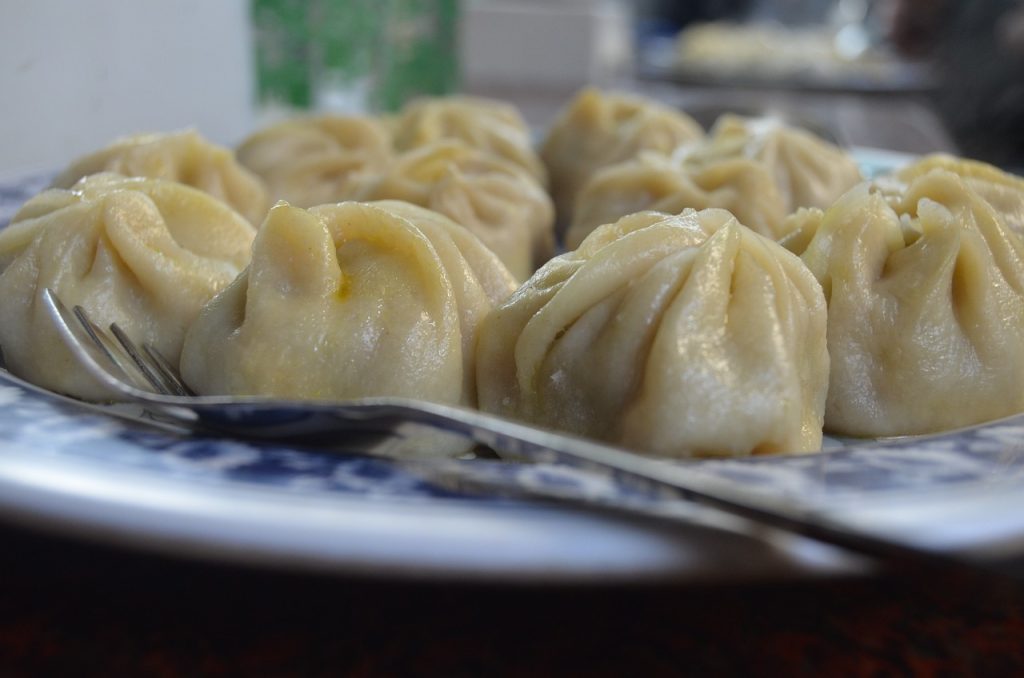The visual allure of culinary perfection has been captured in the form of bao buns, sparking a lively discussion about authenticity and craftsmanship. The image of these meticulously crafted baos has triggered awe and doubt alike. Some viewers are enamored with their flawless presentation, attributing their beauty to the skilled hands of a talented chef. Others, however, speculate that such perfection could only be the work of a machine, casting a shadow of skepticism over the authenticity of these culinary creations as reported by Reddit.
In the world of food artistry, the debate between handmade and machine-made often mirrors the broader conversation about tradition versus innovation. These baos serve as a canvas for this discourse, challenging our perceptions of what defines culinary excellence. While some purists cling to the romantic notion of human touch, there is an undeniable fascination with precision and uniformity that machines can offer. This tension between the old and the new is what keeps the culinary world vibrant and ever-evolving.
The fascination with these baos isn’t merely about their appearance; it’s a reflection of our ongoing quest for perfection in the culinary arts. Just as a golfer seeks the perfect swing, chefs and food enthusiasts strive for the ideal balance of form and flavor. This pursuit of perfection raises questions about authenticity and the role of technology in the kitchen. Does the origin of these baos matter if the end result is visually and gastronomically pleasing?
In a world where culinary trends are constantly shifting, these baos have sparked a conversation that transcends their physical form. They challenge us to reconsider our definitions of culinary artistry and innovation. As we ponder the origins and creation of these perfect baos, we must ask ourselves: In our quest for perfection, what are we willing to compromise? And ultimately, does the artistry lie in the creation or in the experience it offers?


